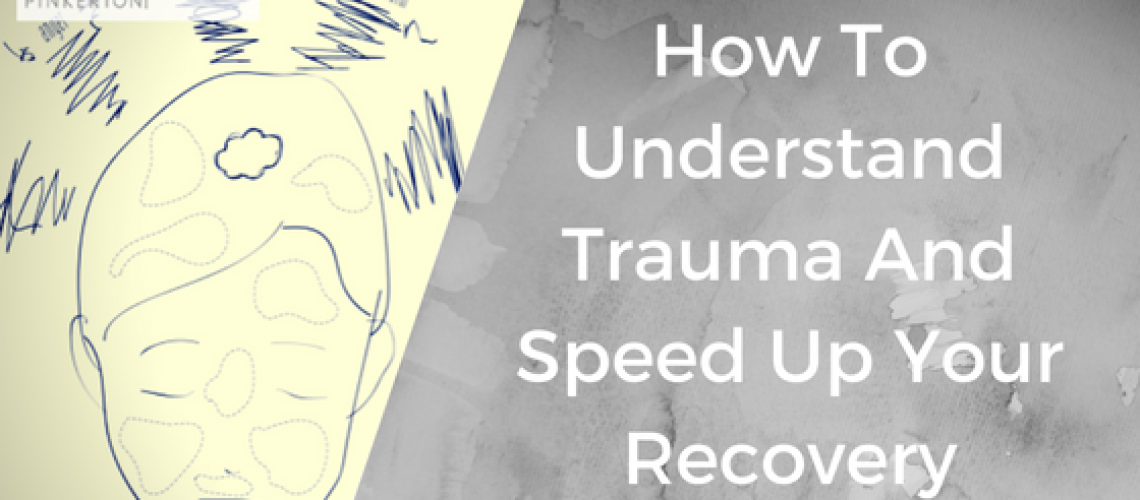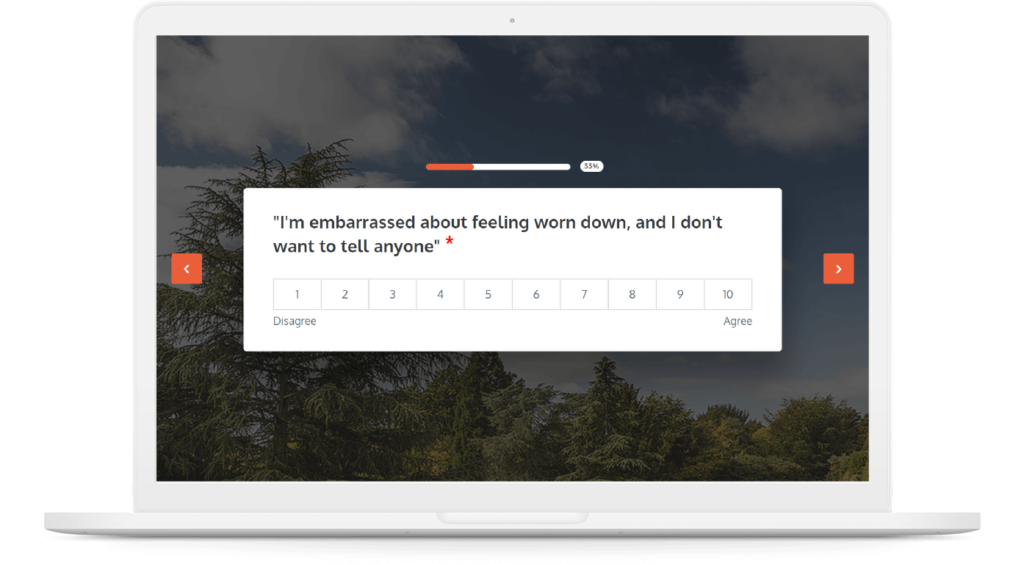How we see and observe what’s happening is crucial to recovery from trauma.
It’s so important that complex information is palatable. This is how I see it!
Someone in or on the verge of traumatic breakdown is a bundle of many symptoms. I needed to find a simple way of helping someone who is struggling to be able to view information, and be able to take in that information.
I want to help you be able to consistently separate what has happened to you from who you are as a person. In other words who you are as a person is not what has happened to you.
You are better equipped, and arguably only equipped, for recovery when you can separate yourself from the event or set of events.
So, when I am literally drawing things out it helps to normalise what feel like extraordinary reactions, and it gives us access to symbolic language as well as verbal.
I’m showing this head picture as I have used it and taught it to other professionals countless times and people are still using it to great effect. I want to, if at all possible, allay fear of this myriad of symptoms and show you how the overwhelm works.
The first thing I do is grab two pieces of A4 paper (this is a handy tip for anyone trying to explain trauma with few resources) and felt tip pen.
The first head picture I draw is one where there is ‘space’ in the person’s mind (and body) to deal with the everyday challenges they face.
If we have space we are able to manage, tolerate and cope with things we need to attend to. We have the space to have vision, to dream and do the things we want to and need to.
The 2 arrows are pointing to the ‘everyday’ space that you have to deal with everyday issues, and challenges. There is nothing encroaching on the space.
On the first piece of paper I simply draw a picture of a head, two eyes, the nose and a mouth.
I explain to the person that it’s normal when you’re traumatised to have lots of different things inside our heads, lots of memories of different things that have happened to us throughout our lives.
These things will be different shapes and sizes and have different meanings and different amounts of worry or distress attached to them. These things bother us a lot or a little and can be equated with the size and shape of the ‘blobs’ I have drawn into the ‘head’ below.
Once I’ve described this head I draw a line at the top almost like a forehead. I draw an arrow pointing to it, this is the space that they have to use for every day.
When someone is traumatized they can easily become irritated and further overwhelmed by another demand made upon them.
For example, if they are asked to do a simple task this will go into the space; this will fill the little space that they had to deal with every day so very quickly traumatised person can become further overwhelmed because they had so little resources in the first place.
The natural reaction to being overwhelmed and having too many demands made on you is to be angry. People can find this very difficult to live with, out of character and also loved ones can find this very frightening and unbearable.
The head is full and the smallest of demands can fill the space and cause, anger, rage and overwhelm.
In this simple image I am showing that the head (and body) can be full of different sized things which have become overwhelming.
There becomes a much smaller space to deal with every day. The simplest of demands on us whilst in this state can then fill the space we have for every day.
So when I’m talking to someone when I first meet them, I show them this diagram of what it’s like to have a head full of all of the symptoms plus all of the other things that have happened to them in their lives that are still there to some degree.
Big or small those things have now become reactivated and troublesome.
Once we’ve done the head picture it gives us something to work on; it gives us a tangible way of picking off if you like each thing which is bothering them.
So once I’ve helped explain that when you’re completely full up and that everyone has their limit it can lead to what people might describe as anger; meltdown; despair.
I go on to describe what therapy is all about in this circumstance so on another piece of paper I draw another head picture and this time with a smile. I still draw the top of the head where there used to be the space that they had to deal with every day, but this time the situation turned around.
This time the tiny space at the top of the head is the bit that stores all the little things that have happened in life and are now being worked on and, by having some help, they become just memories.
The big space in the middle where you have the two eyes, nose and smiling mouth is now the area that the person has to deal with every day ordinary things in life: work, home, driving the car, making meals – all of those things that are common to everyday life.
So now the previously traumatised person has all of this space and it takes an awful lot to fill that space up.
In this image you can see that we’re working to gain ‘space’. When we work towards safety, and security and self-care and so on we are working all the time to relieve the build-up of tension and to provide feedback that there is increasing space, in other words, resources to deal with what is happening.
In the image on the right you see that I use it to describe what having professional help might be like.
That we can see some of what is overwhelming and as you engage in the processes of recovery you increase the space that you have to continue to recover and more importantly, to enjoy things again even if in a really small way at first.
So when people undertake some therapy, what I say to them is, “What we’re aiming for is to change that and turn the spaces the other way round.”
All those things inside you that you’ve been through have always happened but they are done with now, and safely stored away to allow space for everyday living, new vision and dreams. We’ve not got all these different things in here filling up space, they are stored away.
If you’d like to read more about recovery from traumatic breakdown you can buy your own copy of my new book ‘Smile Again’ here or sign up for my latest updates at the bottom of this page.






